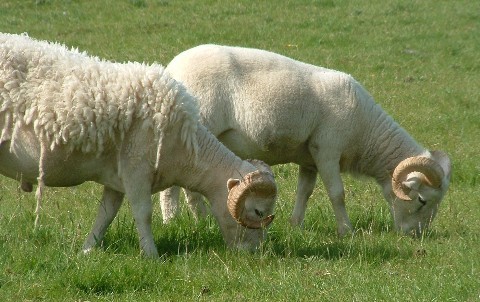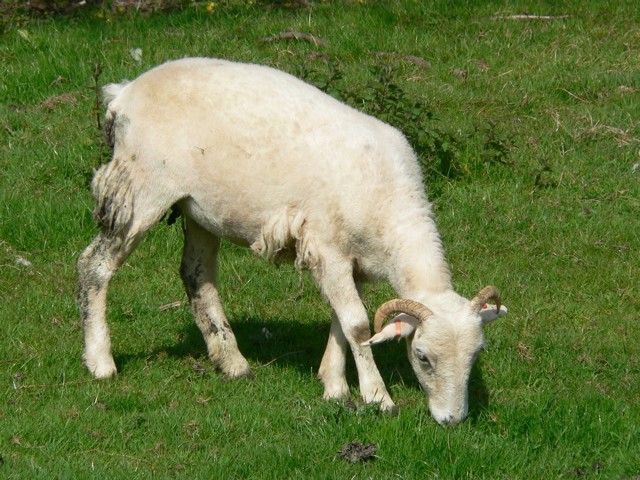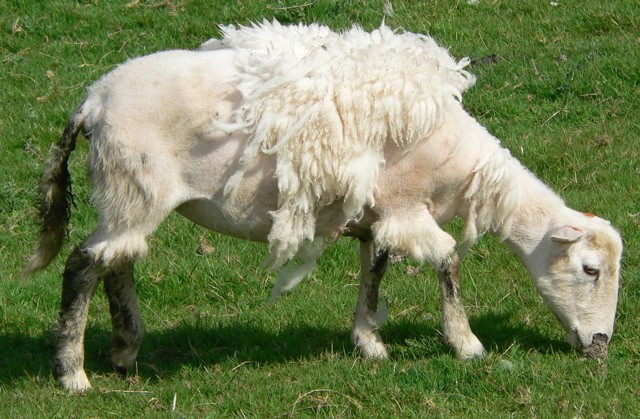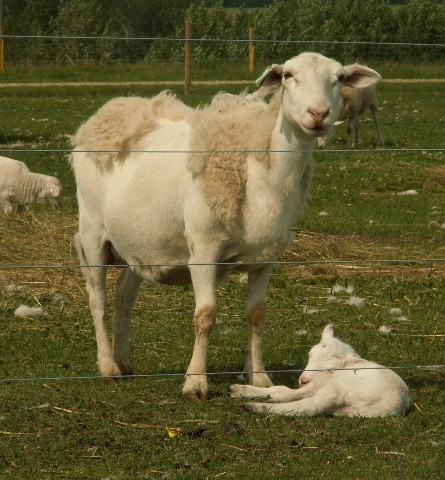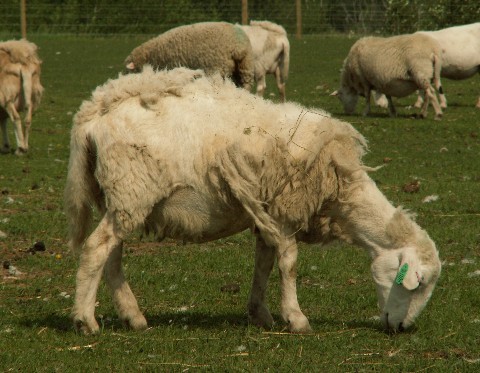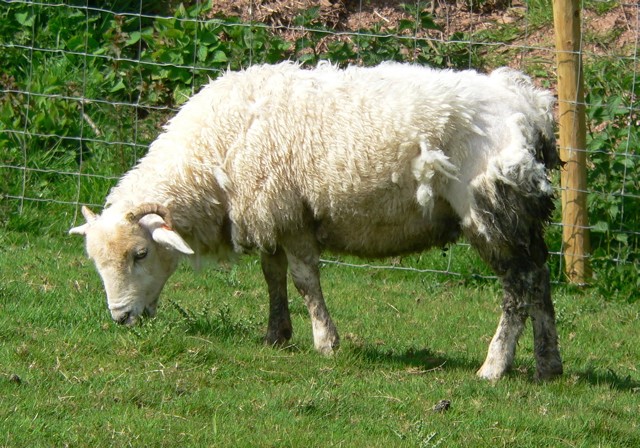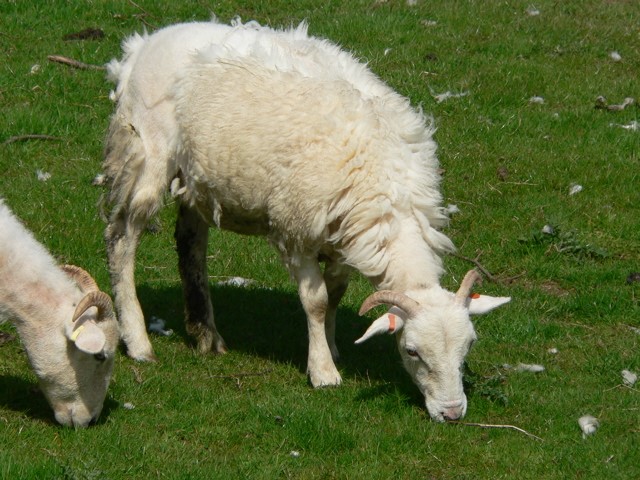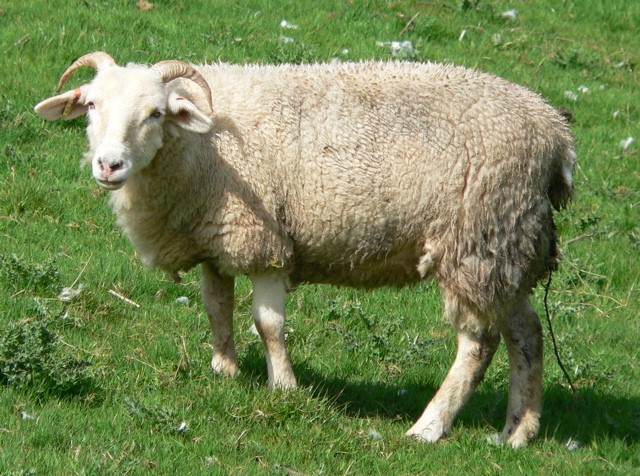This scoring system has been developed to try and identify sheep in wool shedding breeds that are particularly early or late in shedding their fleece. Sheep are scored 1-9; with 1 being an animal that is not shedding and 9 being an animal that has shed completely.
When to measure?
In most wool shedding flocks it is expected that over the course of time a very high proportion of the adult sheep will shed out completely. Breeding evaluations need to pick out the variation between animals, so scores need to be collected before the entire flock has shed their fleece (and score the same!).
Breeders supplying shedding scores to Signet are asked to assess their flock when about 50% of the animals are in the process of shedding their fleece – i.e. the point when there will be the greatest variation in shedding scores within the flock.
What category of sheep is assessed?
Breeders can collect shedding scores for sheep of any age, but in most breeding programmes the focus is on the breeding females in the flock as they come out of the winter/early spring and into warmer summer weather.
Why do we focus our efforts on measuring the ewes?
Measuring females will provide a large contemporary group of sheep in which comparisons can be made, compared to males that have often left the farm by this stage of their life. However, Signet are happy to receive scores from both males and females and store the data, some breeding companies run large numbers of shearling rams on their farms.
What else influences wool shedding?
In older ewes we know their age, body condition score and the number of lambs they rear will influence the time at which they shed their fleece. Providing information about body condition score to accompany wool shedding scores may also be helpful for future research and genetic evaluations.
How are sheep scored?
High values indicate better shedders.
Score Description
| 9 |
Wool shed from all of Wool Growing Area (WGA) |
| 7 |
Wool shed from over ¾ of WGA (but some wool still present and not shed) |
| 5 |
Wool shed from over ½ but less than ¾ of WGA |
| 3 |
Wool shed from less than ½ of WGA but evidence of some shedding |
| 1 |
No wool shed from WGA |
Shedding normally takes place from the belly first, then up the side of the sheep and finally along their topline.
Where should I send this data?
Signet recorded flocks should send shedding scores to Signet in an Excel file listing:
- Identity (Flockbook number or UK ministry tag)
- Score
- Measurement date
- Management group (if ewes are managed as different groups and experience different environmental conditions
Examples

